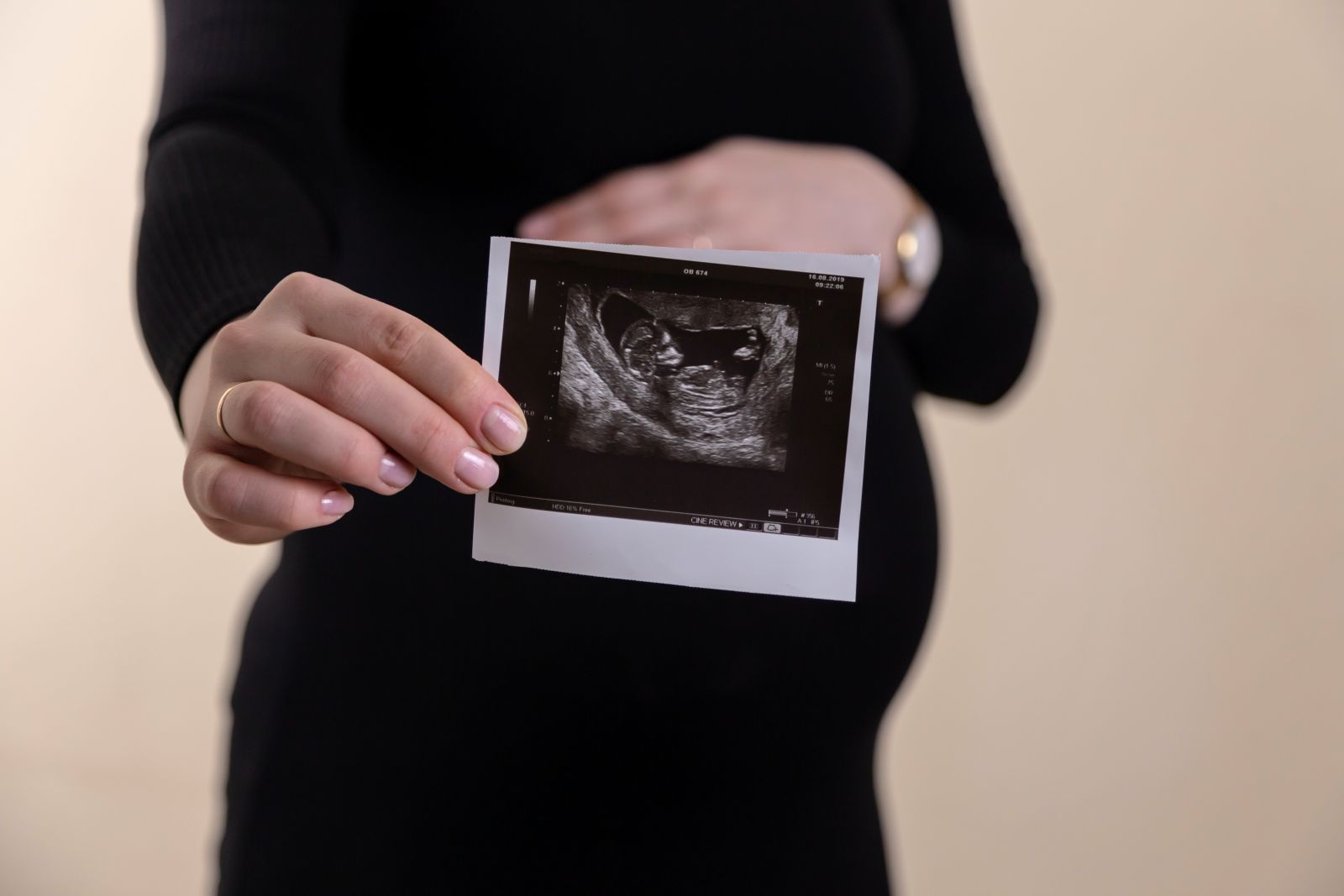Fetus in fetu (FIF) is an extremely rare disorder. This condition occurs due to abnormal embryonic processes in identical twin pregnancies, where the defective fetus is inside the body of its normal sibling during development. The ratio of fetus in fetu occurrences is approximately 1 in 500,000 live births. Cases like these are predominantly male and are reported before the age of two.
Shop with Me

IDR 59.900

Detection of Fetus in Fetu
The fetus in fetu condition is usually detected through ultrasound examinations during pregnancy. The fetus inside the baby's abdomen will appear as a mass (tumor), containing solid, fluid, and skeletal components. In Adnan's case, the clearly visible component was the skeletal structure, forming a structure resembling legs and a spine.
Fetus in fetu cases mostly occur in the abdominal cavity but can also be found in rare locations such as the cranial cavity, mediastinum (the space between the chest and spine, as well as between the right and left lungs), scrotum (the pouch of skin hanging below the penis), pelvis, and oropharynx (the middle part of the throat connected to the oral cavity).

Causes
There are two theories regarding the occurrence of fetus in fetu. The first theory states that this condition results from a teratoma (a collection of abnormal cells). The second theory is parasitic twinning, where a defective fetus forms inside its normal twin and shares the same blood supply.
Adnan's case is similar to a case in Nicaragua involving a newborn baby boy at 36+6 weeks of gestation. This case was determined to be fetus in fetu due to the discovery of vertebrae, indicating that the fetus had passed the early stages of embryonic development. To qualify as FIF, the examination results must meet one of the following two criteria:
- A mass is found enclosed in a separate sac, either partially or entirely covered by skin.
- Anatomical features recognizable to the naked eye are found, connected to the host through a stalk-like structure containing several relatively large blood vessels.
Follow-Up
Before surgery, radiological examinations such as ultrasound, CT scans, or MRI are generally required. Fetus in fetu is treated with excision surgery, which involves removing the entire mass from the body's surface. The goal of this procedure is complete removal. The prognosis for FIF is generally favorable unless there is residual tissue from the unresected mass.
Although FIF is a rarely encountered case, its condition has the potential to be dangerous, especially in newborns. Therefore, pregnant women should regularly seek prenatal care at healthcare facilities to ensure that both the fetus and the mother are in good health.

So, fetus in fetu is an abnormal condition in identical twins, where a defective fetus is inside the body of its normal sibling. This is a rare condition that predominantly occurs in males. The condition can be treated with surgery to remove the entire mass or defective fetus. Let's read more articles on Newfemme!
Come on, download the Newfemme app now to get more interesting tips and information!
Read also :


